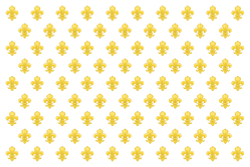Slaget vid Wevelinghoven
| Slaget vid Wevelinghoven | |||||||
|---|---|---|---|---|---|---|---|
| Del av Trettioåriga kriget | |||||||
 | |||||||
| |||||||
| Stridande | |||||||
| Befälhavare och ledare | |||||||
| Styrka | |||||||
| 7 000 man 11 kanoner | 3 600 man 5 kanoner | ||||||
| |||||
Slaget vid Wevelinghoven, eller Slaget vid Grevenbroich, ägde rum den 14 juni 1648 under det Trettioåriga kriget och som stod mellan kejserliga och hessiska trupper. Slaget slutade med en hessisk seger.
Externa länkar
 Wikimedia Commons har media som rör Slaget vid Wevelinghoven.
Wikimedia Commons har media som rör Slaget vid Wevelinghoven.- Svenska Dagbladet: Trettioåriga krigets sista fältslag
Media som används på denna webbplats
Författare/Upphovsman: User: David Newton, Licens: CC BY-SA 3.0
Swedish war flag and naval ensign
Adoption: Dates back to the mid-1600s. Described in law on November 6, 1663. Current design: June 22, 1906
Författare/Upphovsman: David Liuzzo, eagle by N3MO (re-uploaded by Dragovit), Licens: CC BY-SA 3.0
Banner of the Holy Roman Empire, double headed eagle without haloes (1400-1806)
Schlacht bei Wevelinghoven Schlachtverlauf am 5. Juni 1648
A white flag sown with fleurs de lis, which served as the flag of the royal family of France according to the royal decree of Charles X of the du 11th of june 1828. Some consider it as the flag of the kingdom of France from 1815-1830, but that claim is contested.




